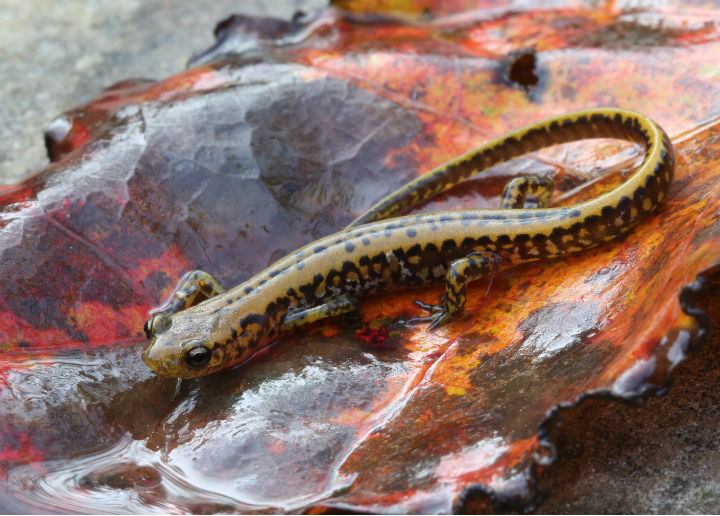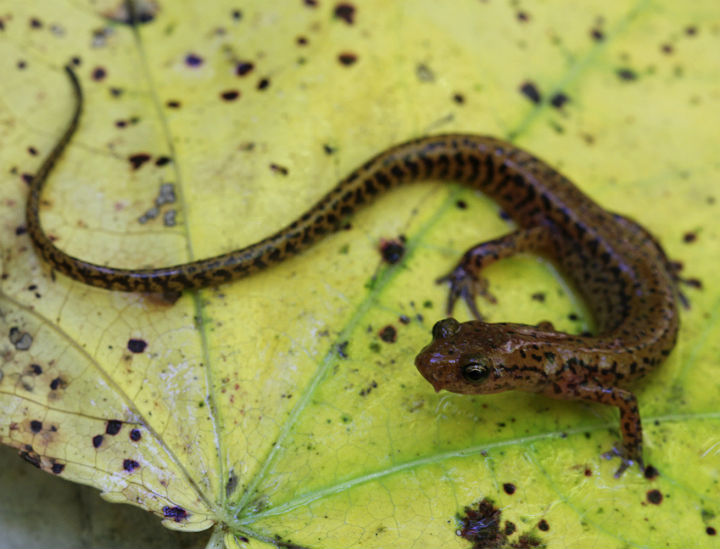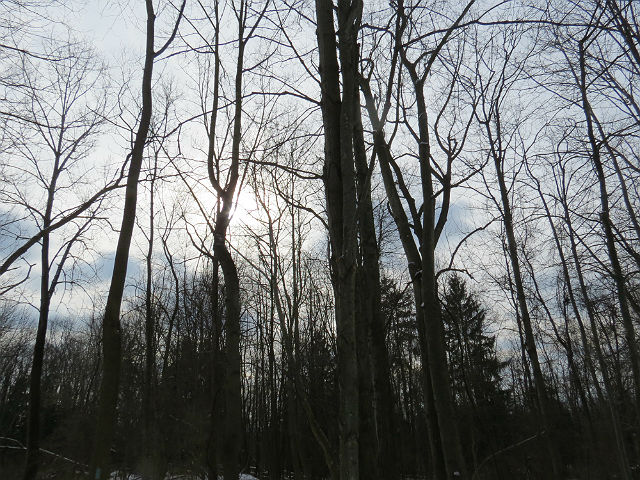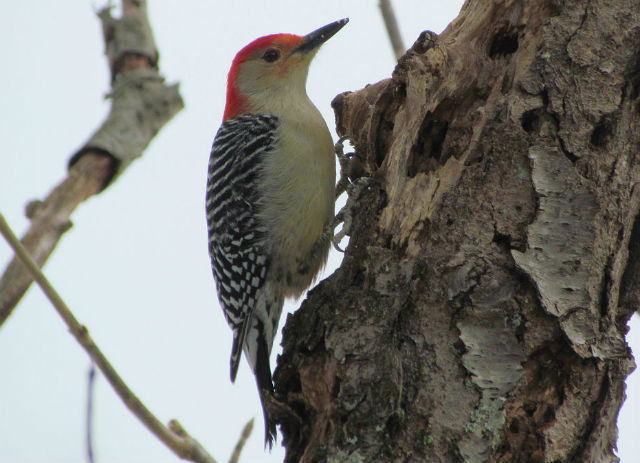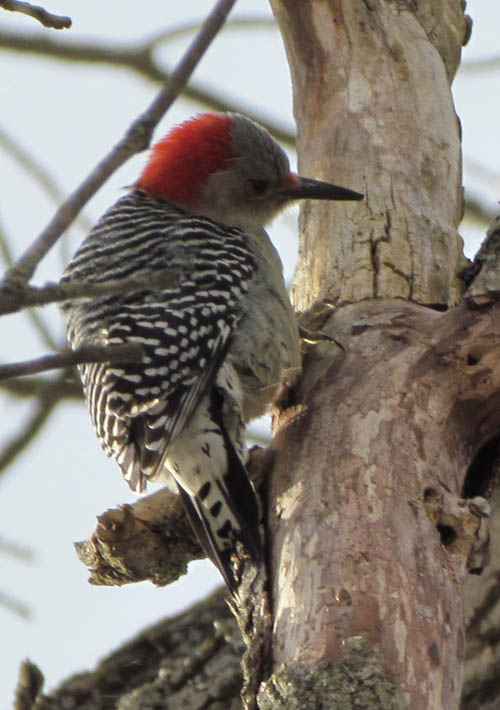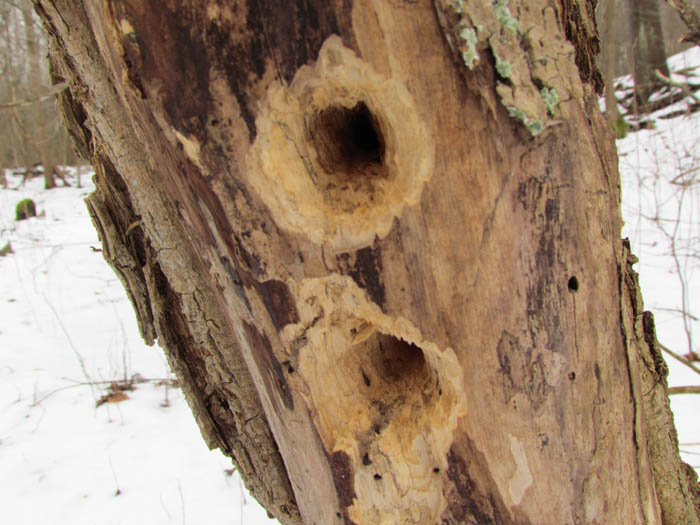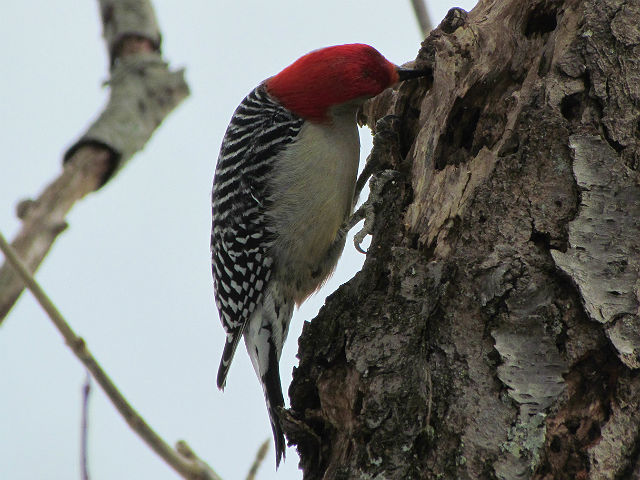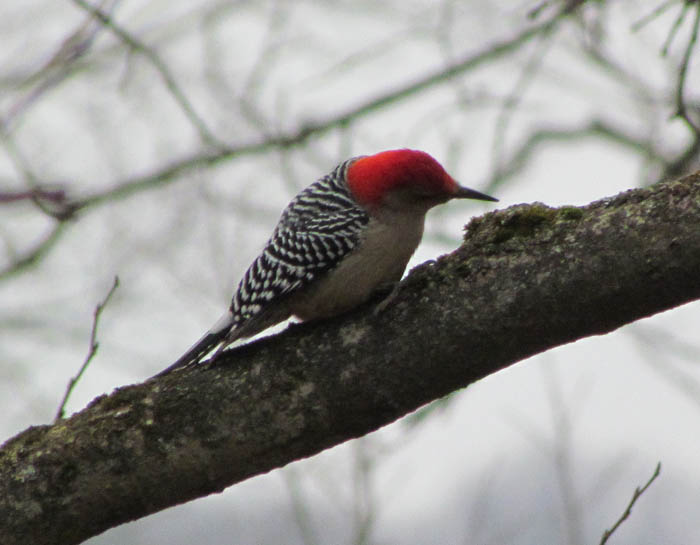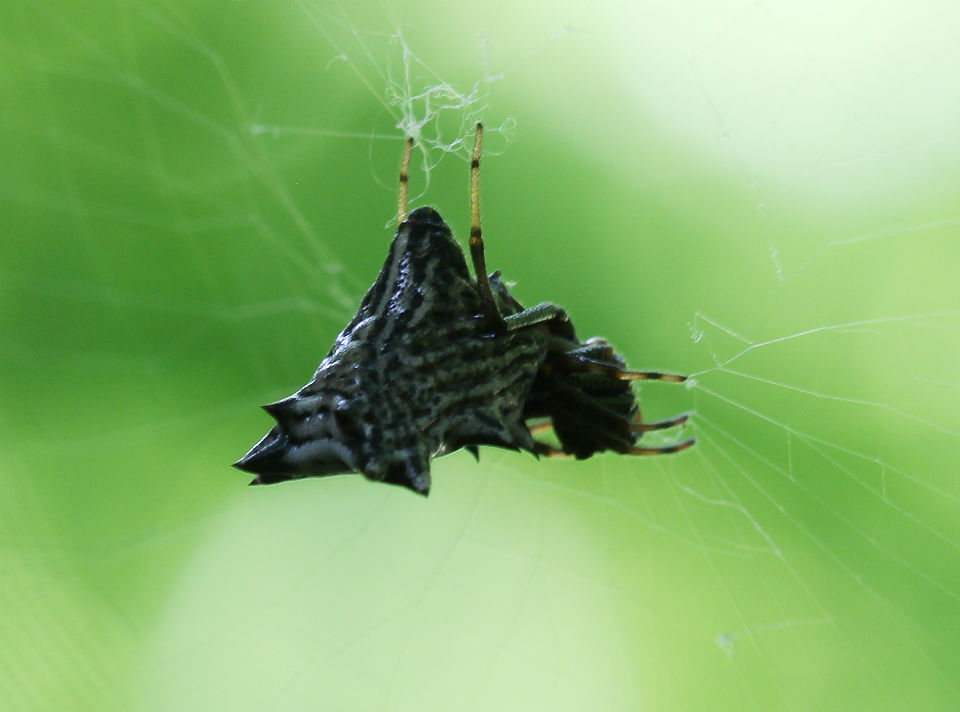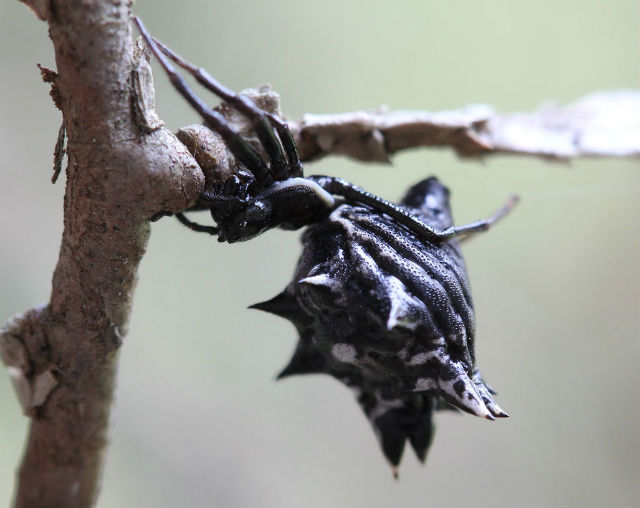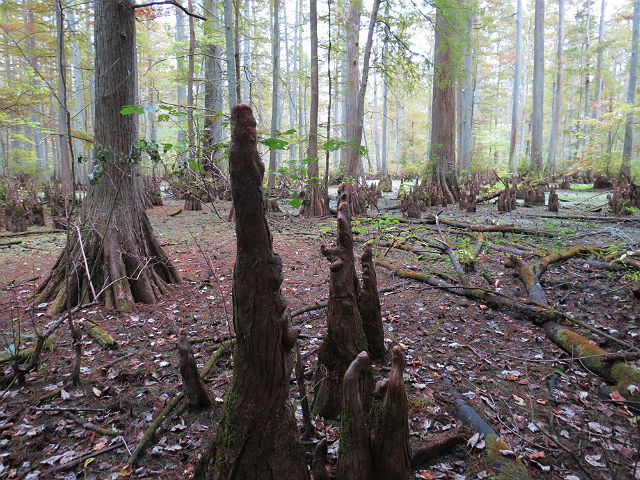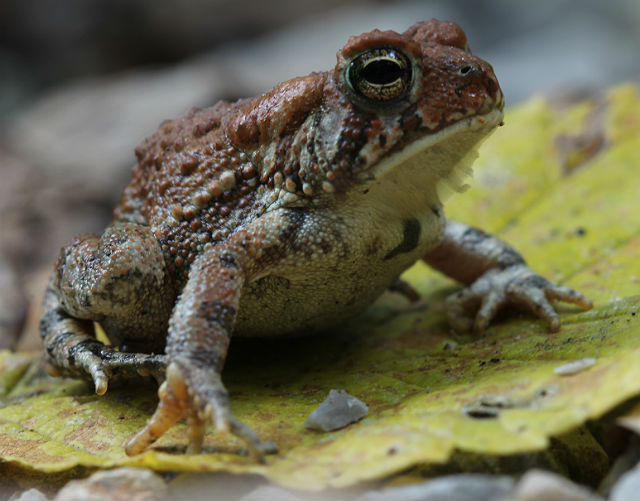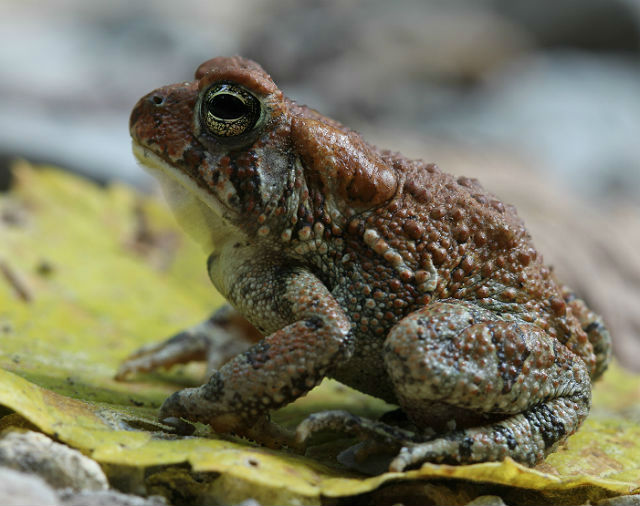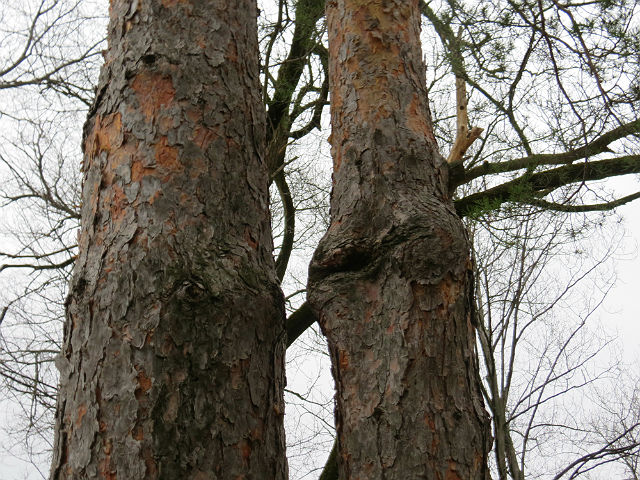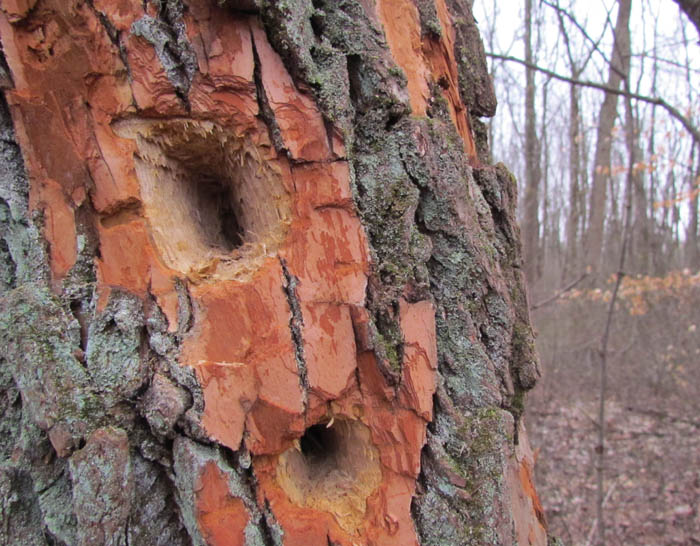One of Ohio’s longest salamanders, the tail of this aptly named animal comprises 60-65% of its total length (up to 9”). They do not live in my part of northeast Ohio, but I have found them while visiting the southern part of the state, as well as in Kentucky. The examples in the photos above and below lost sections of their tails, which grow back, though not as long or with the same color and pattern of the original.
This amphibian can be rather attractive, with a ground color that is usually some shade of yellow or orange, but it may be brownish in some individuals. They feature black spots on their back, sides and legs. The herringbone-like pattern on the tail is the key identifying characteristic to differentiate it from its lookalike – the Cave Salamander.
Streams, springs, seeps, caves, and wet shale banks are the primary habitats for this amphibian. I usually find them under rocks along the banks of creeks.
Females lay between 60 and 110 eggs in the Winter and attach them to the undersides of rocks that are submerged in water. The eggs hatch in 4 to 12 into an aquatic gilled larval stage that inhabit streams until they metamorphose.
Like all salamanders, it is a carnivore. Long-tailed salamanders feed on a wide variety of aquatic and forest-floor dwelling invertebrates such as spiders, flies, mites, ticks, slugs and worms
This is a lungless salamander that breathes through its skin. Like most other lungless salamanders, the home ranges of adults do not typically exceed more than a few dozen square yards.
I always enjoy coming across these colorful, elongated creatures while searching for reptiles and amphibians.




